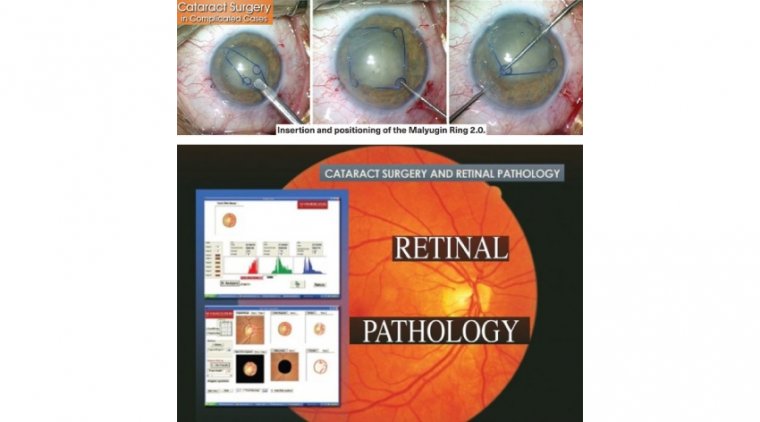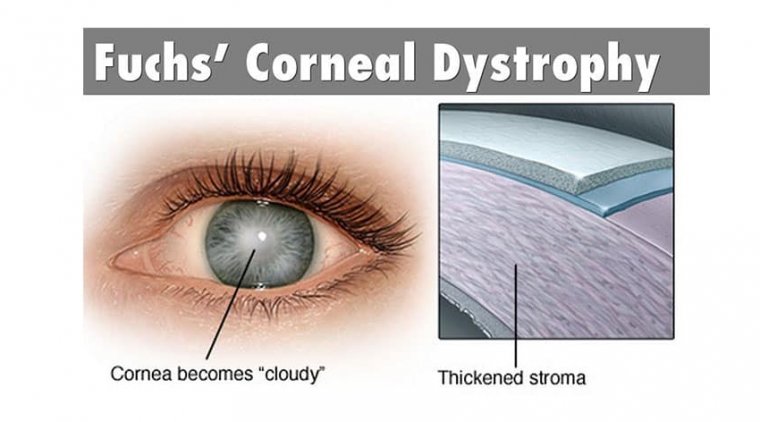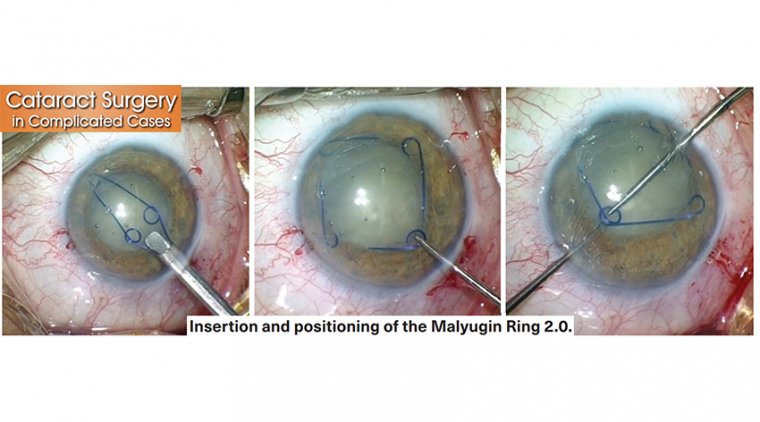
Can Statin Drugs Cause Cataracts?
Statins are a class of lipid-altering drugs that revolutionized hypercholesterolemia treatment and aid in primary and secondary cardiovascular disease (CVD) prevention.
The rise in use makes statins the most commonly prescribed class of cholesterol-lowering drug. Due to this widespread use, it’s vital optometrists understand the possible effects they can have on patients’ eyes.
Cataracts are the main cause of low vision and blindness worldwide. Statins are widely prescribed to treat hyperlipidemia, as they reduce the risk of cardiovascular disease by inhibiting 3‐hydroxy‐3‐methyl‐glutaryl‐CoA reductase.
Although it has been established that statins can significantly reduce cardiovascular mortality, some adverse effects related to statins have been recognized because of their increasing use.
Concern about the cataractogenic effect of statins arose from animal studies in which dogs were administered high doses of statins, such as simvastatin, fluvastatin, and lovastatin.
Statins are prescribed to a third of people in the US aged over 45 years, at an annual cost of $35 billion, and there has long been debate about this class of drugs increasing the risk of cataract development.
High lovastatin doses were found to cause cataract formation in dogs, and the drug’s labeling for a number of years included recommendations that patients’ eyes were monitored.
A raft of statins have been approved in major markets worldwide since lovastatin, and more recent published studies have offered further statistical data to fuel the statin-cataract question.
Now, a meta-analysis performed by John Kostis and colleagues at the Robert Wood Johnson Medical School has concluded that statins actually protect against the development of cataracts in younger patients and when used for long periods of time. In fact, statins reduce the risk of developing cataracts by an average of 20 percent.
Results from the random-effects meta-analysis demonstrate that individuals taking statins have a lower risk of developing cataracts than those not receiving them.
The study, which Kostis says is possibly the first meta-analysis on the topic, included nearly 2.4 million people and more than 25,000 cataracts. “Our analysis shows that people in their forties who use statins have a 50 percent lower chance of getting cataracts,” he reports.
“For people in their seventies, risk is lowered by just 10 percent. It is possible that the two processes (aging and statins) work in parallel or interactively.”
The study found that longer-term use of statins was also associated with a decrease in cataract risk. Patients taking a statin for six months demonstrated a 10 percent lower risk of developing cataracts, while those taking statins for 14 years had a 55 percent reduction in risk.
“This meta-analysis indicates a statistically significant and clinically relevant protective effect of statins in preventing cataracts.” Kostis concludes:
“The effect is more pronounced in younger patients, and with longer use. Our findings dispel worries about the safety of statins when it comes to cataracts, and lends additional support to long-term statin use.”















